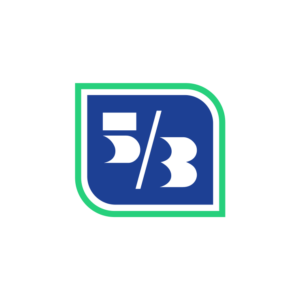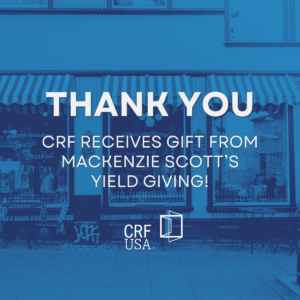How do manufacturing equipment loans work? For certain businesses, having high-quality, up-to-date equipment is non-negotiable. If you need to replace, improve, or add to your equipment but don’t have the cash to purchase it, you can take out a loan specifically to meet your equipment needs.
But not so fast – making a purchase might not be necessary. Step one is to consider your options and decide whether or not it’s better for you to buy or lease. Consider the purpose of the equipment you’re looking to purchase and how long you can expect to keep it around. In the short term, leasing is often the cheaper option. A down payment on leased equipment, if there is one, will be far less expensive than financing the purchase. For a big-ticket item (such as signage, computer servers, POS systems, CNC machines, etc.) you’ll likely pay on a semiannual or annual basis and the leasing price will be higher.
In short, your task is to figure out how long it will take for the equipment to pay for itself. If you don’t expect to recoup the purchasing price by the time you’ve finished using the machine, a lease is likely the best way to go. Here’s a starting point: according to the Equipment Leasing and Finance Association, leasing is “likely the preferable option” for equipment you plan to use for fewer than 36 months. Otherwise, buying is often the wiser choice.
If you plan to use the equipment long enough, however, the accumulated cost of leasing may outweigh the price of buying it outright. If the equipment is to be part of everyday operations, it may be worth owning. Purchasing may be the right choice if you’re replacing older equipment that’s long been an integral part of your operation or if you’re looking to purchase new equipment because your current inventory isn’t sufficient to meet consumer demands.
Once you’ve decided that buying is right for you, the next step is to find a way to finance the purchase. If you don’t have the cash on hand, consider taking out a loan. Naturally, the size of the loan is contingent upon the price of the equipment you’re looking to buy, and the length of the loan term should depend on the length of time the new equipment is likely to be in use. In general, a loan should be able to finance about 80 percent of the total purchase price of the item. Unlike leasing, when you purchase equipment with a loan, that equipment is yours. That equipment, however, is also your collateral for the loan and therefore can be seized by your lender should you fail to repay.
A bank will often offer the lowest loan interest you can find, but it can be difficult for some businesses to get approved. If you’re ready to take a step forward in your business by improving upon your equipment inventory but have been turned down by traditional lenders, consider an alternative such as CRF.
For over 30 years, CRF has supported the growth of small businesses in the communities that need it the most. Few other lenders follow our model; in fact, CRF is one of only three authorized non-profit SBA 7(a) lending companies in the U.S. CRF approaches lending with sustainability in mind. We get to know our clients so as to best nurture sustainable growth in their communities. We invest in clients who we are confident can impact their communities positively. Apply now, and take the first step toward growing a business that thrives.


